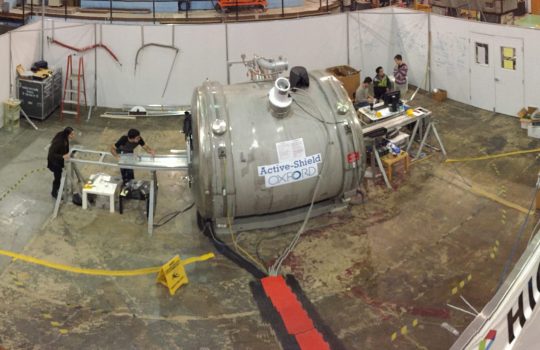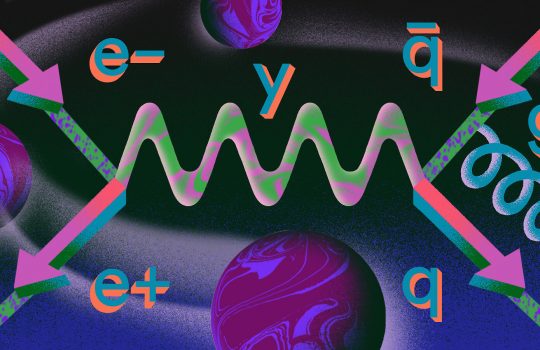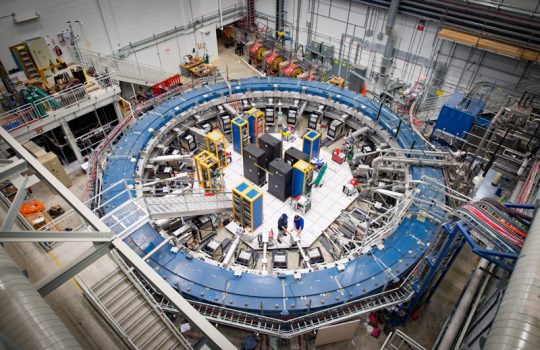The cloak-and-dagger tale behind this year’s most anticipated result in particle physics
From Science, Jan. 27, 2021: Physicists await the Muon g-2 experiment’s results, which could come as early as this spring, to see whether they confirm that muons are slightly more magnetic than theory predicts. If so, it will signal new physics. Fermilab scientists discuss the experiment, as well as the secrecy required to blind themselves from affecting the results.






